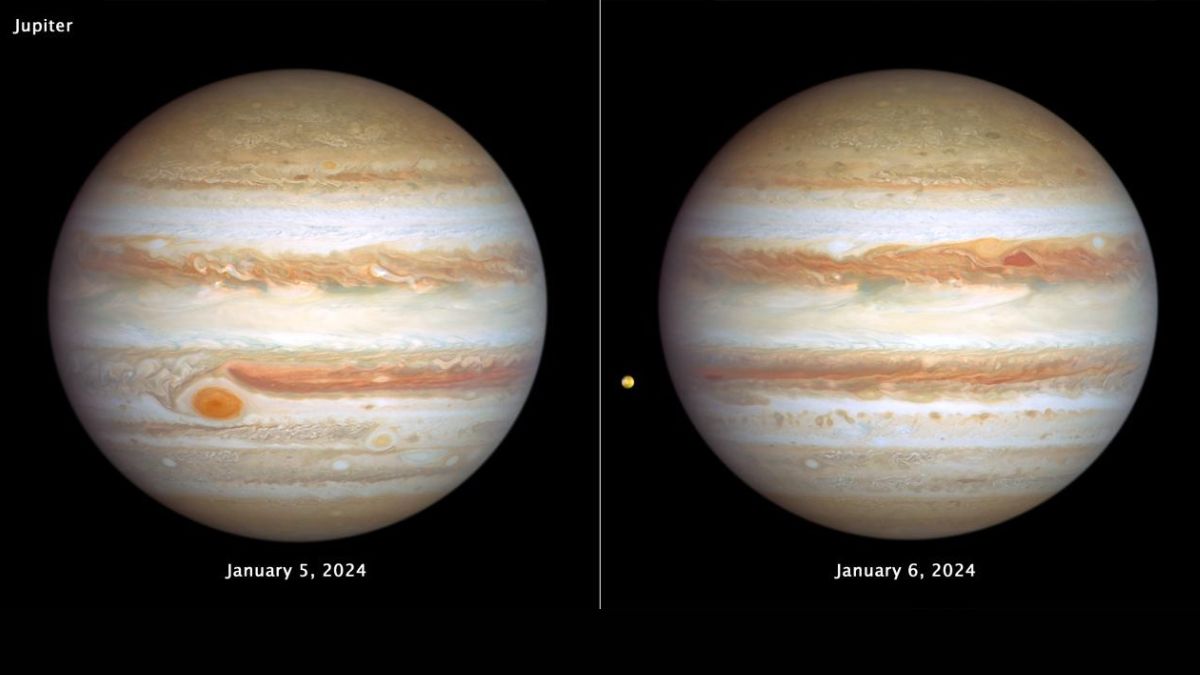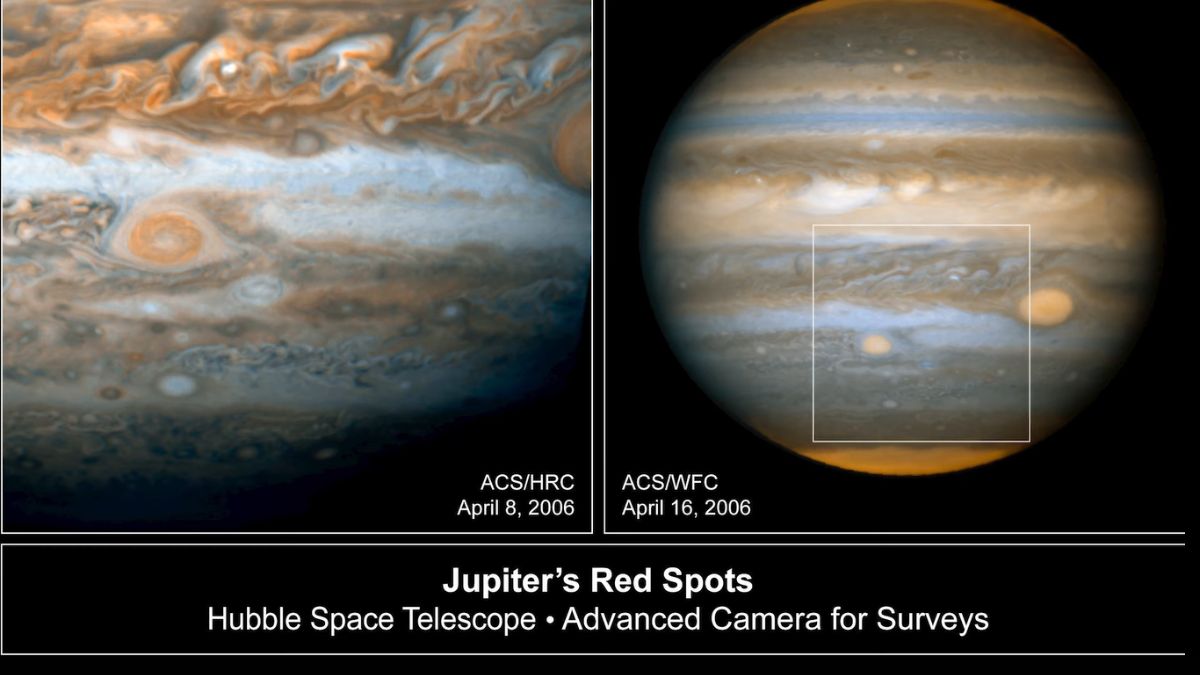NASA Hubble Space Telescope captures stunning images of Jupiter's dynamic storms and volcanic moon
Discover Jupiter's captivating storms through stunning images from NASA's Hubble Space Telescope, showcasing its dynamic atmosphere and ongoing scientific exploration.













First Published Date: 15 Mar, 20:20 IST
Tags:
nasa
NEXT ARTICLE BEGINS
































